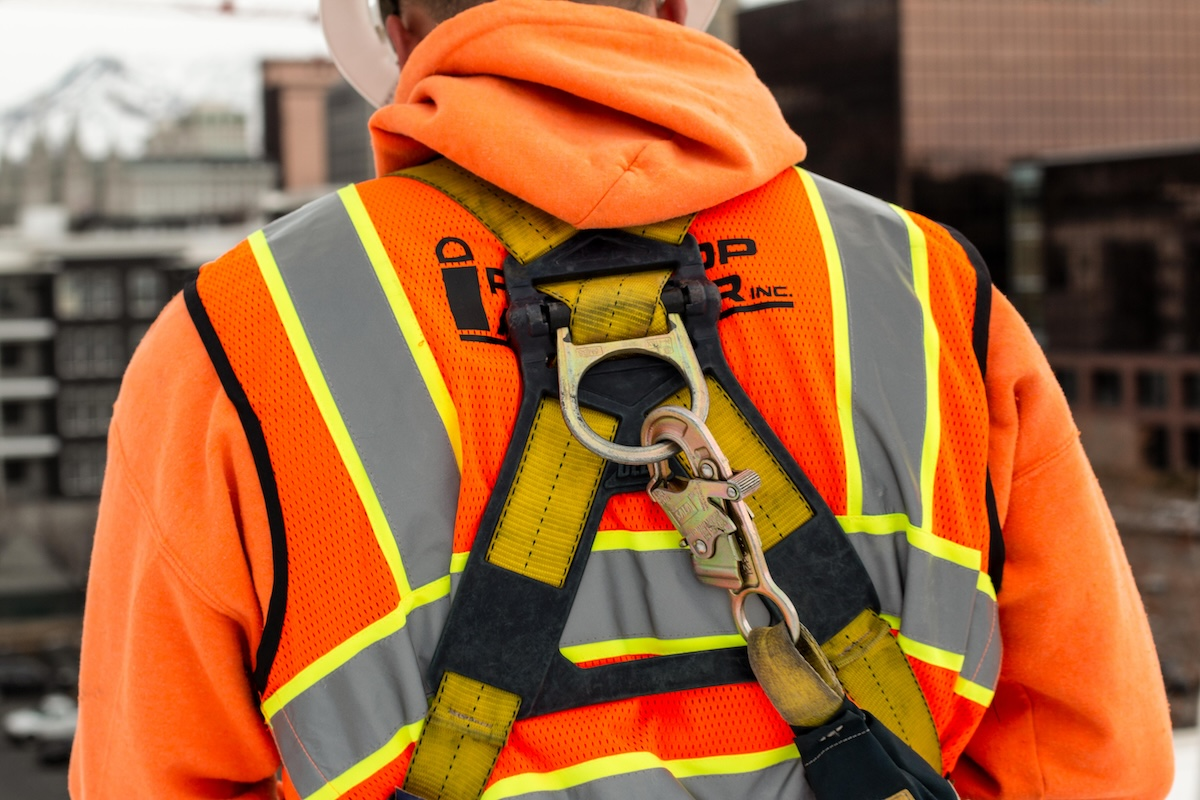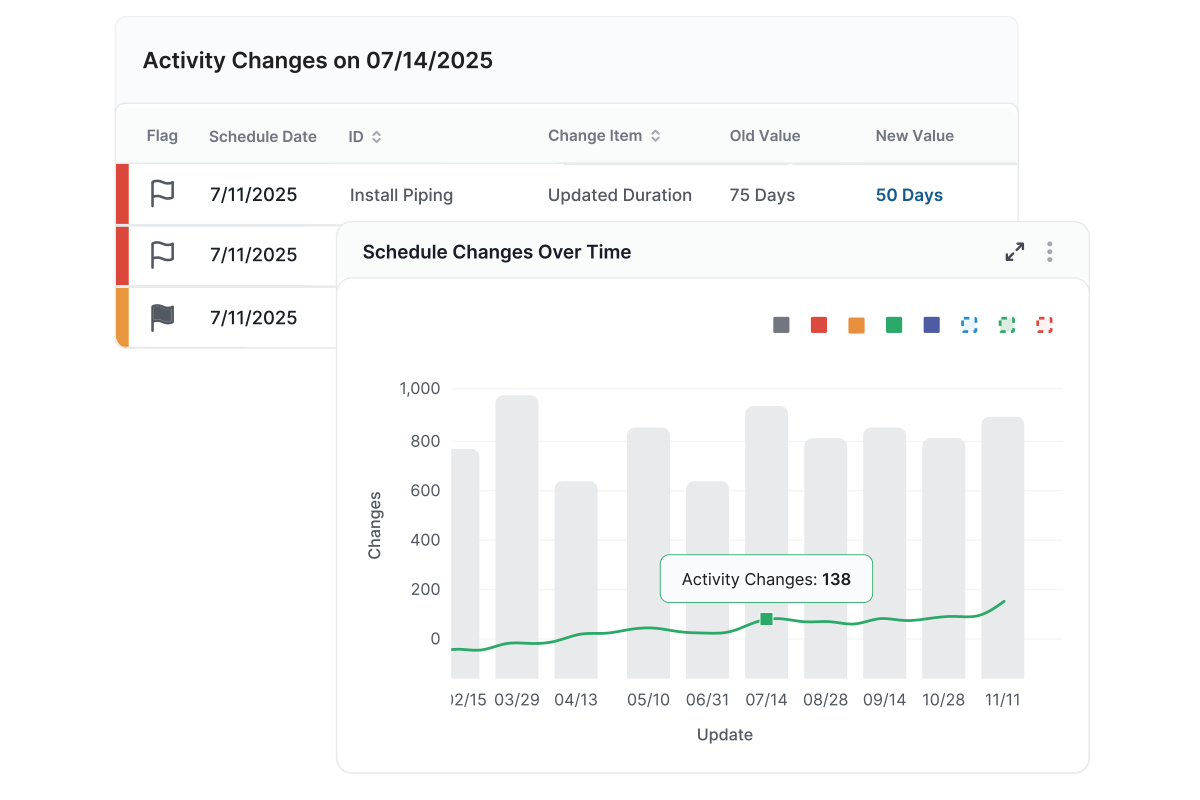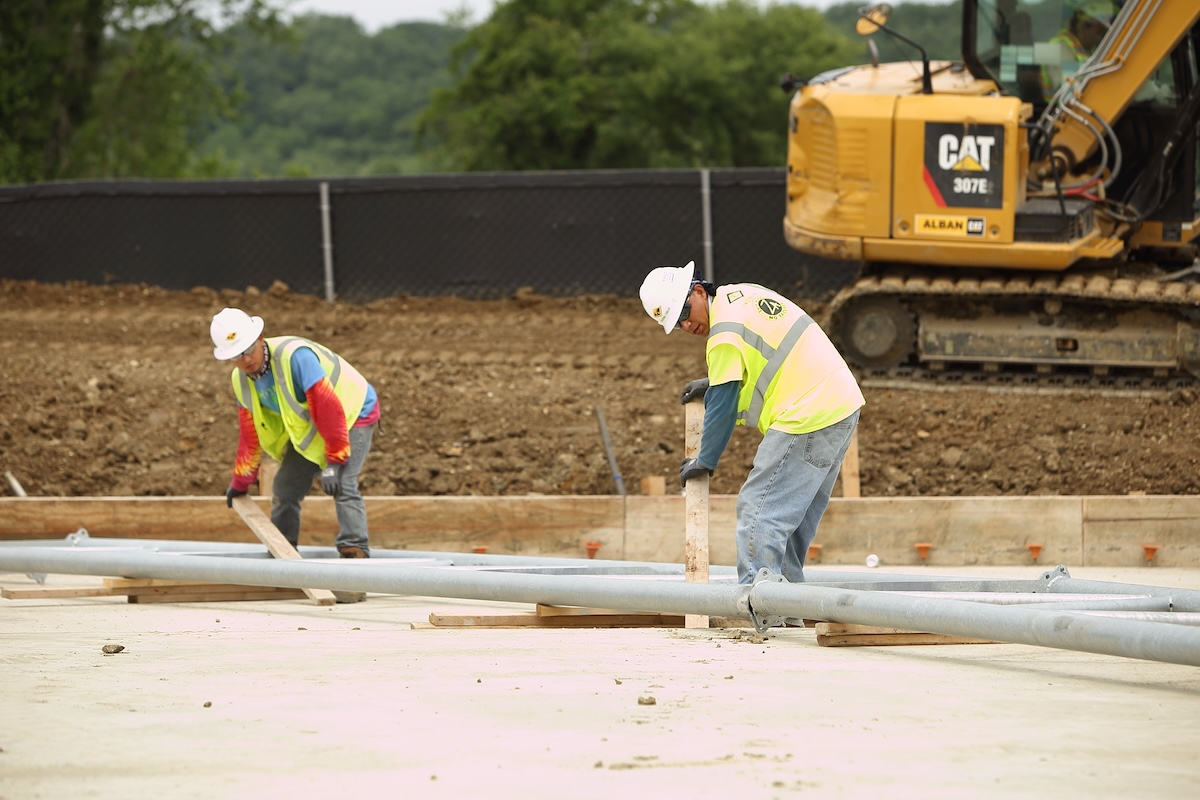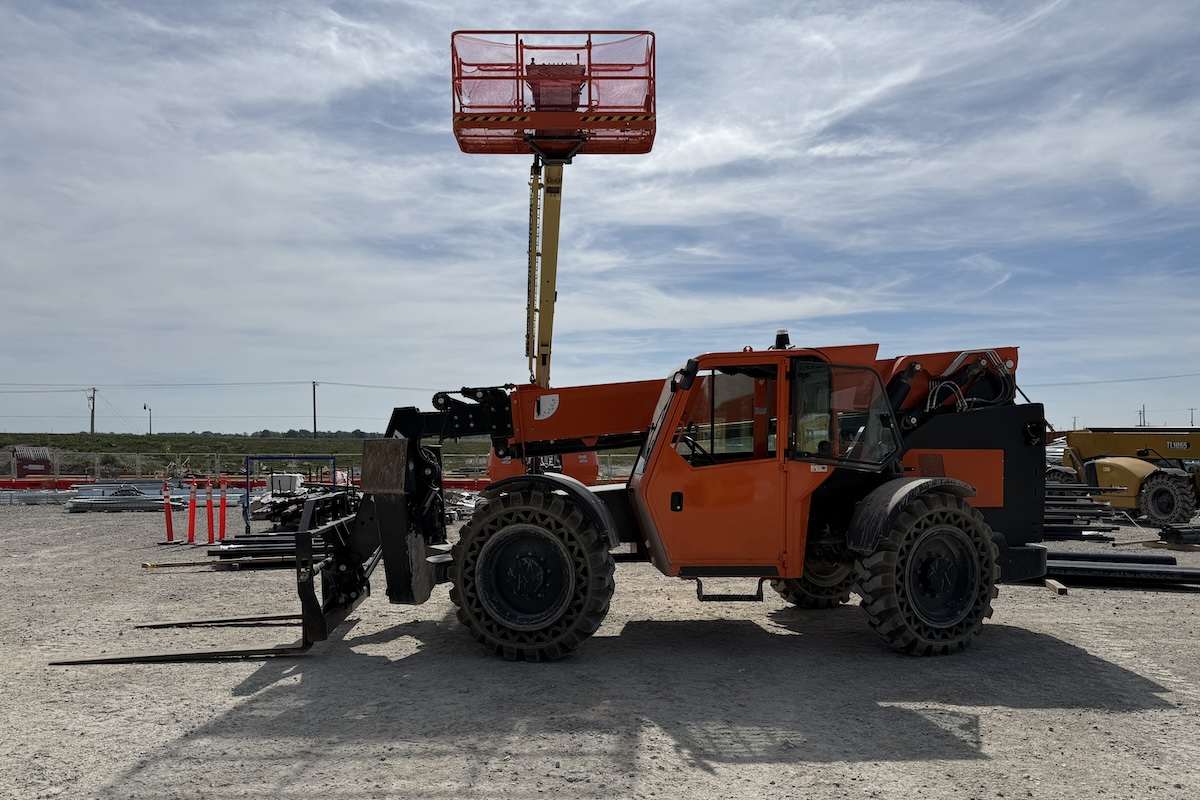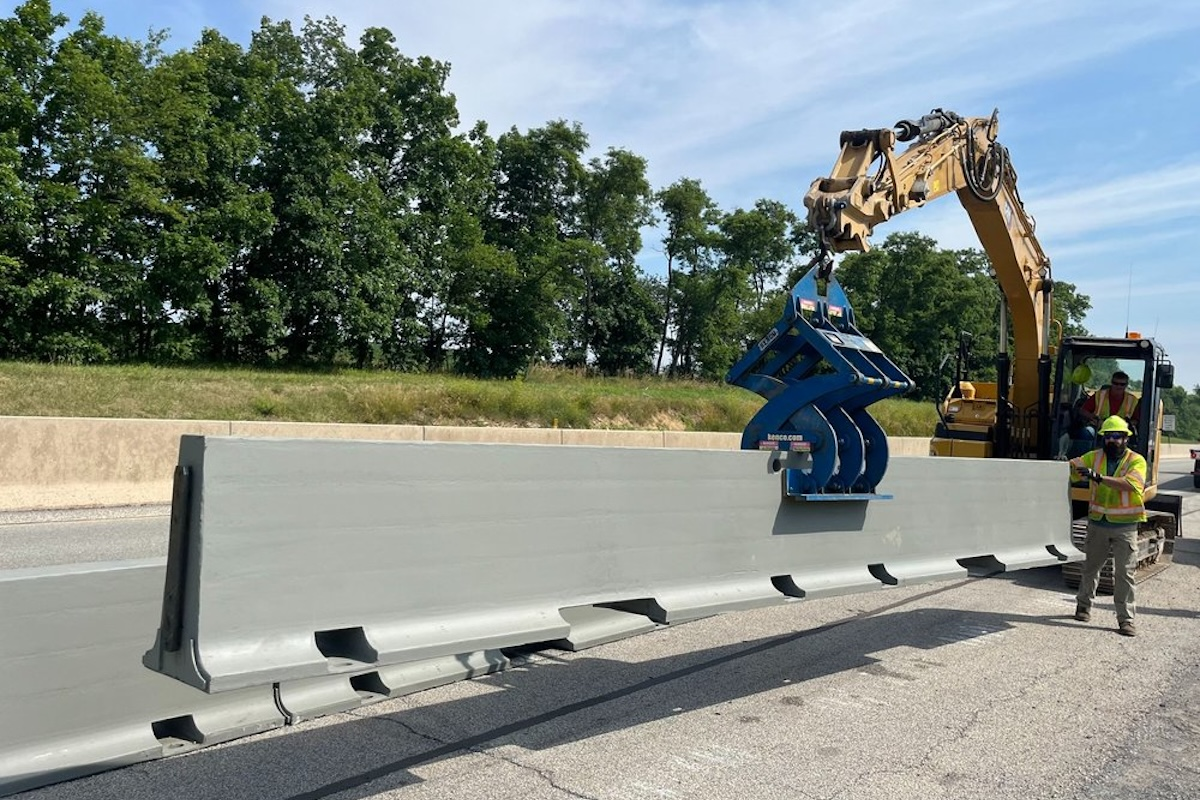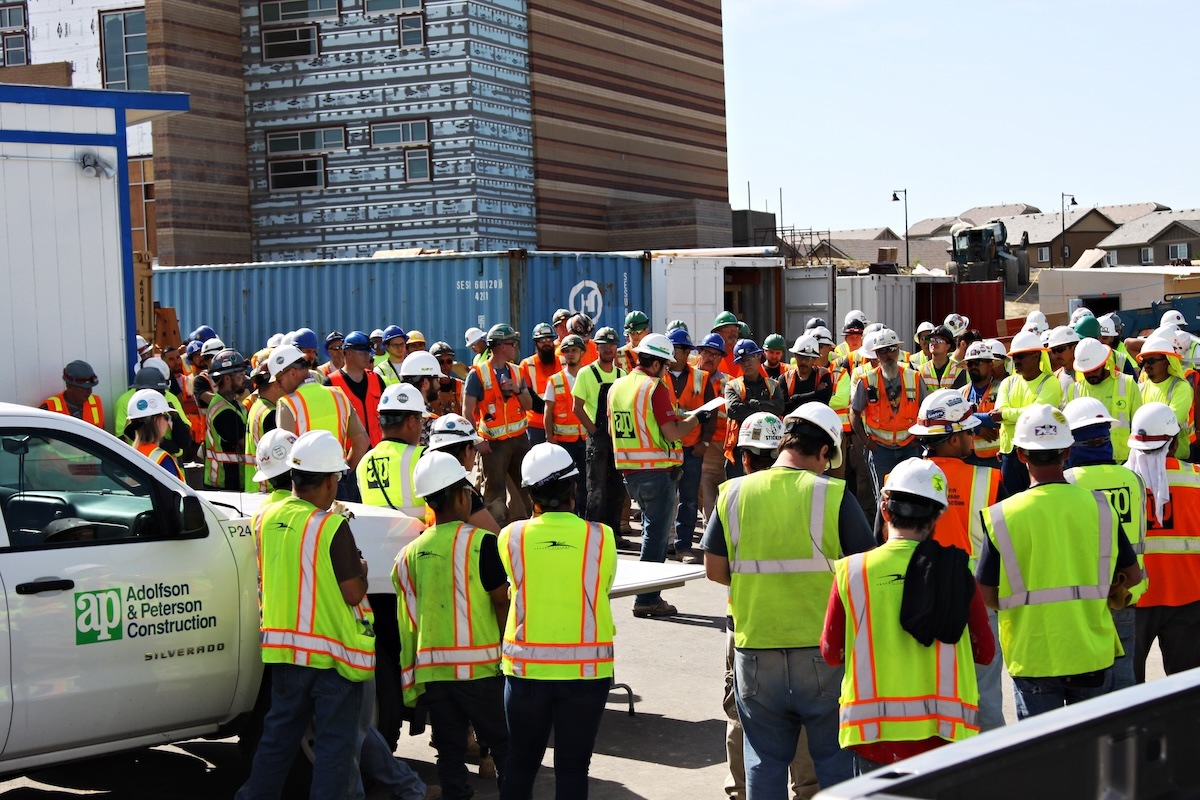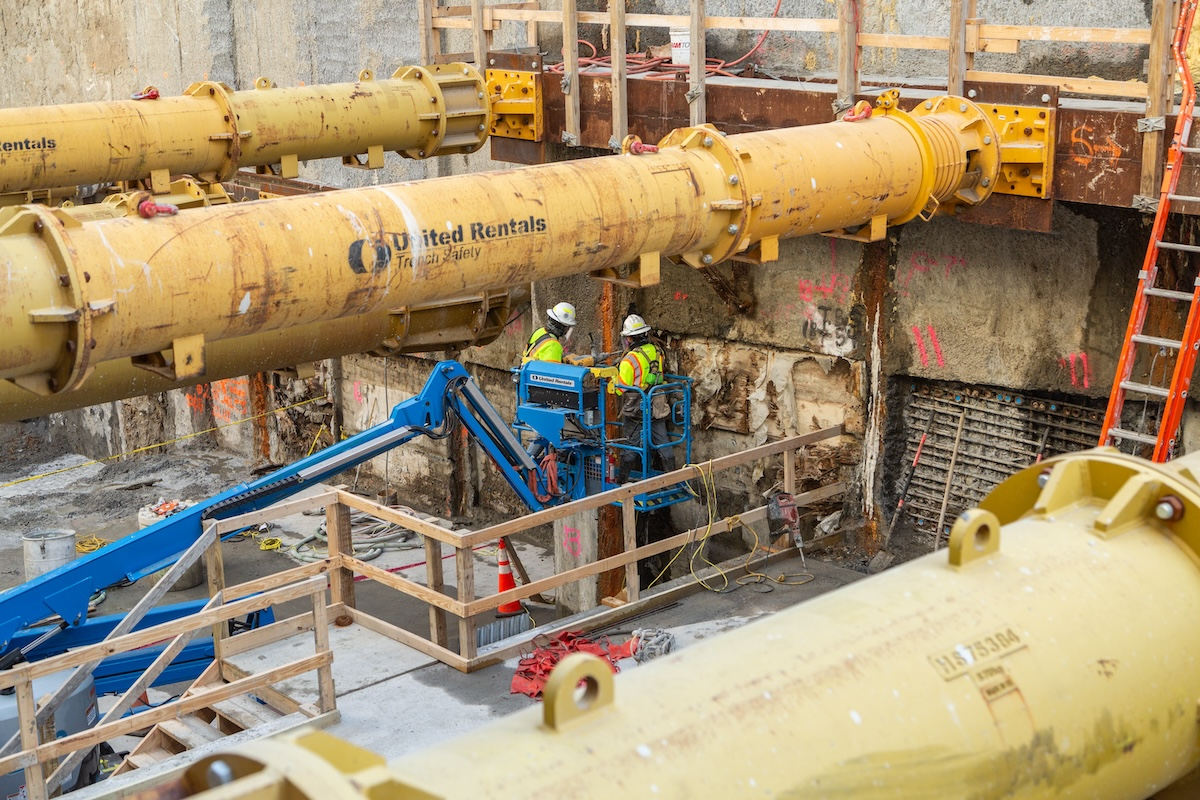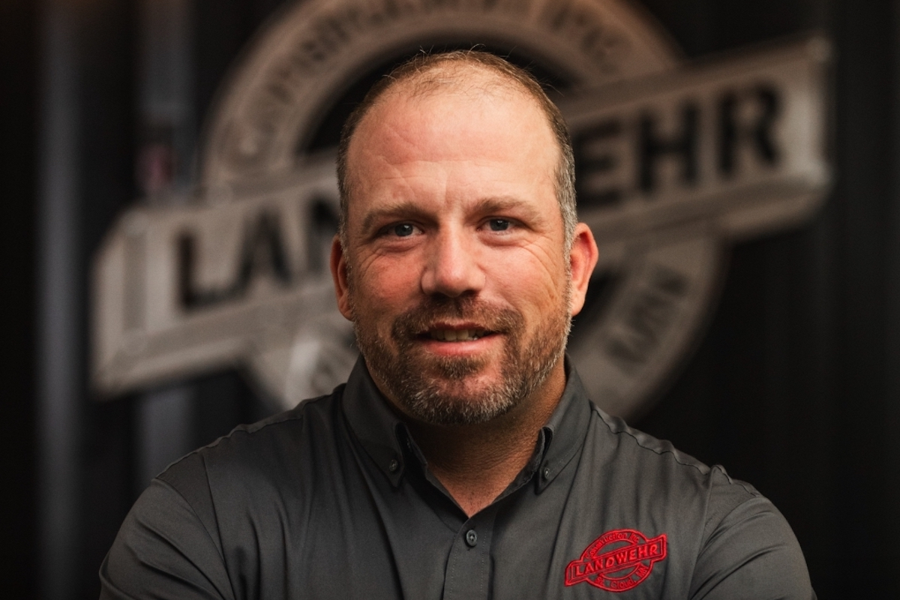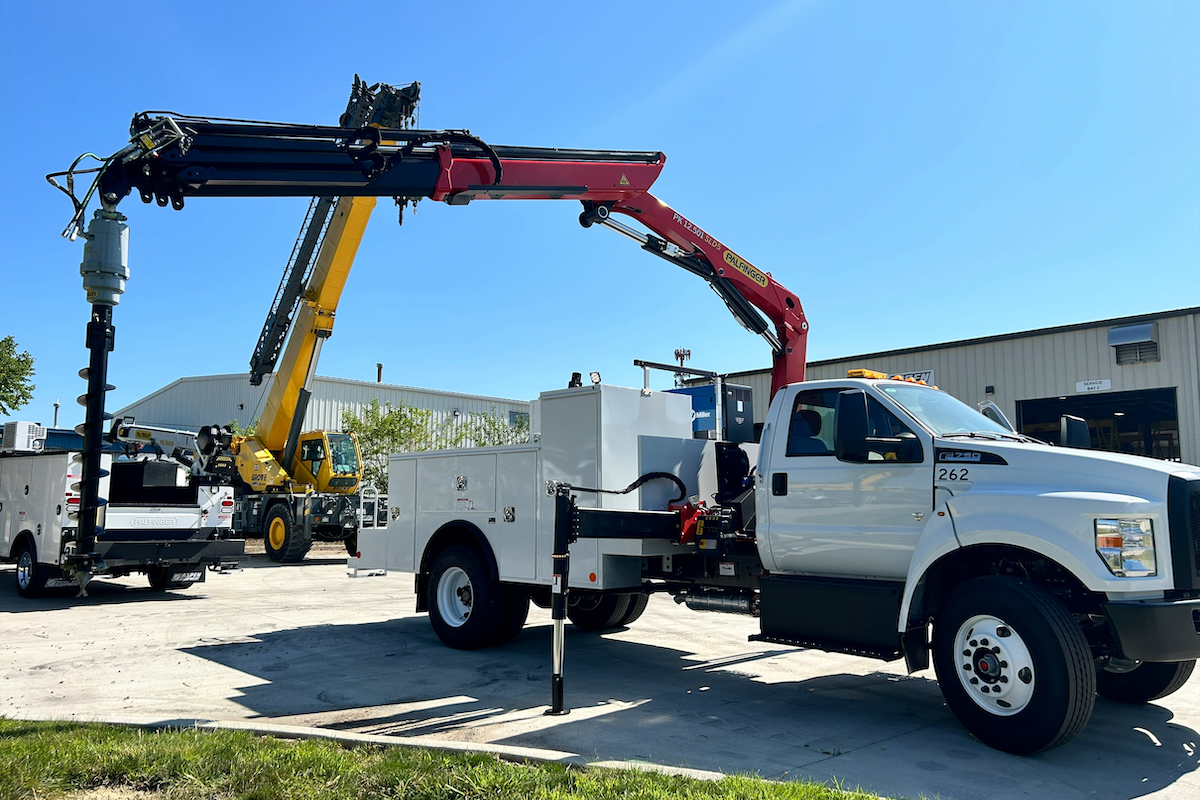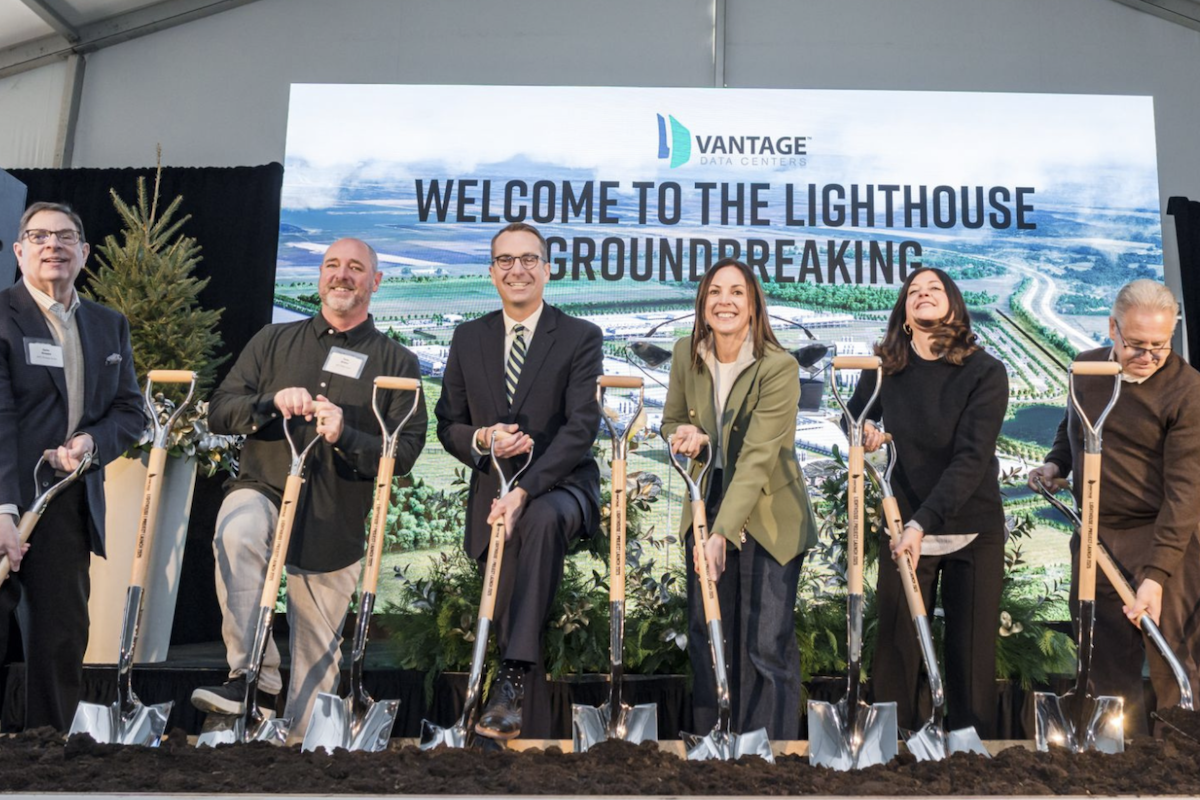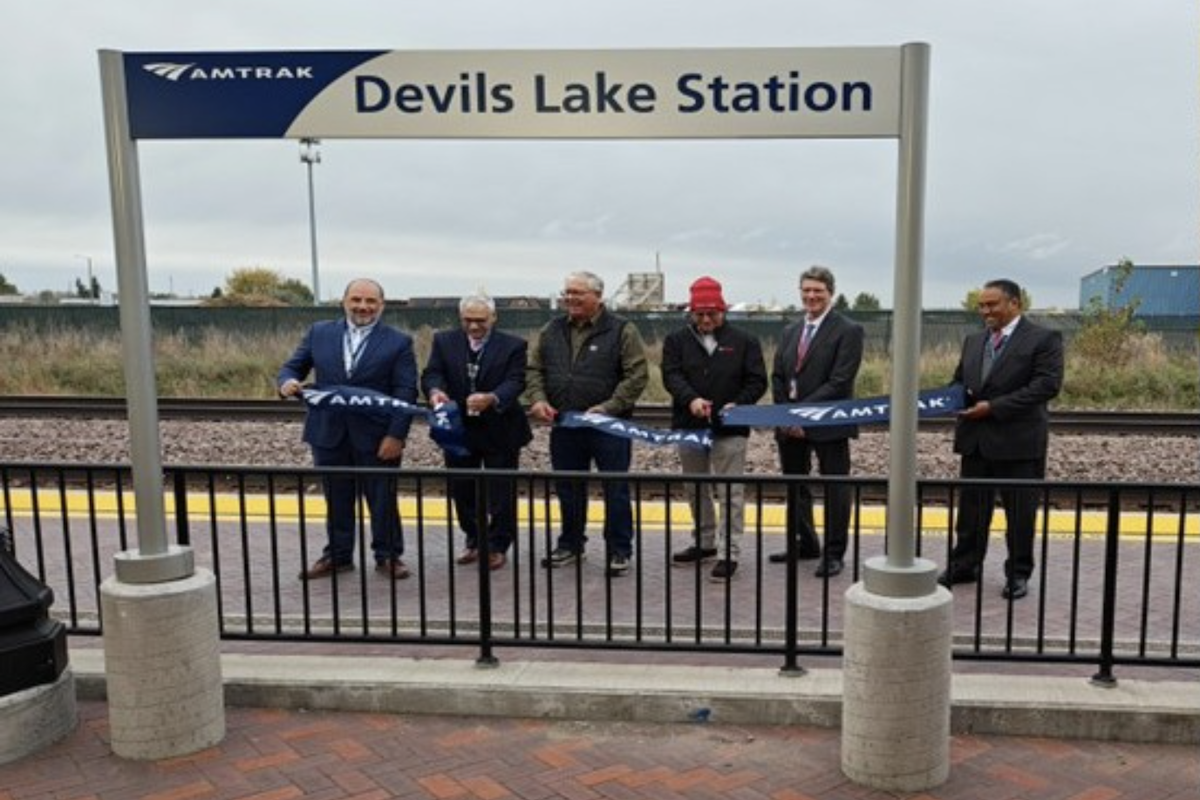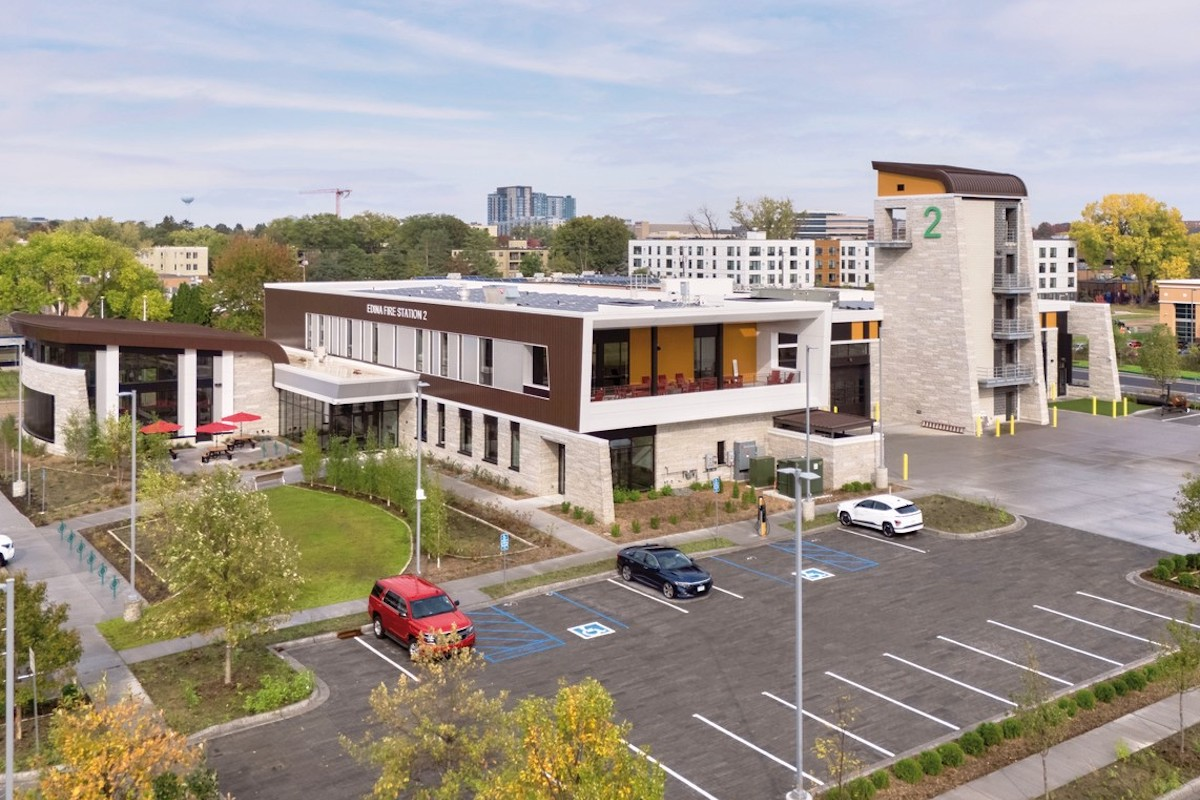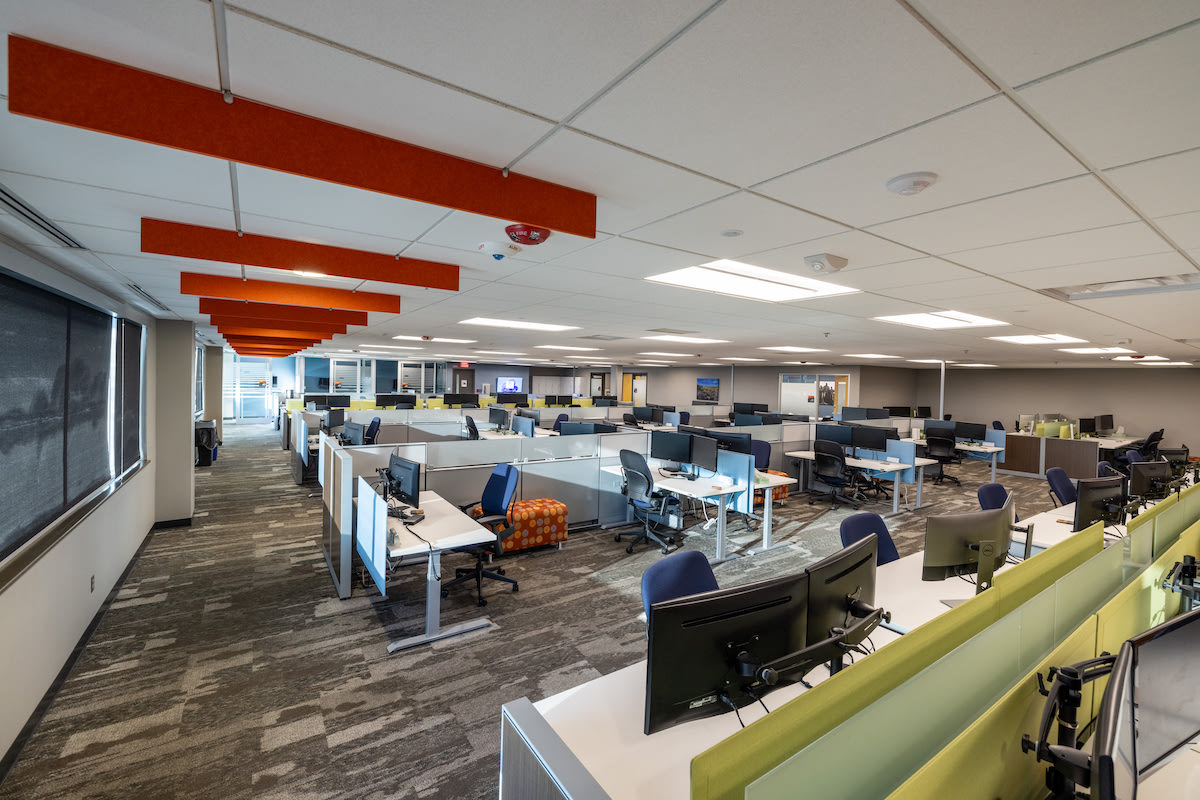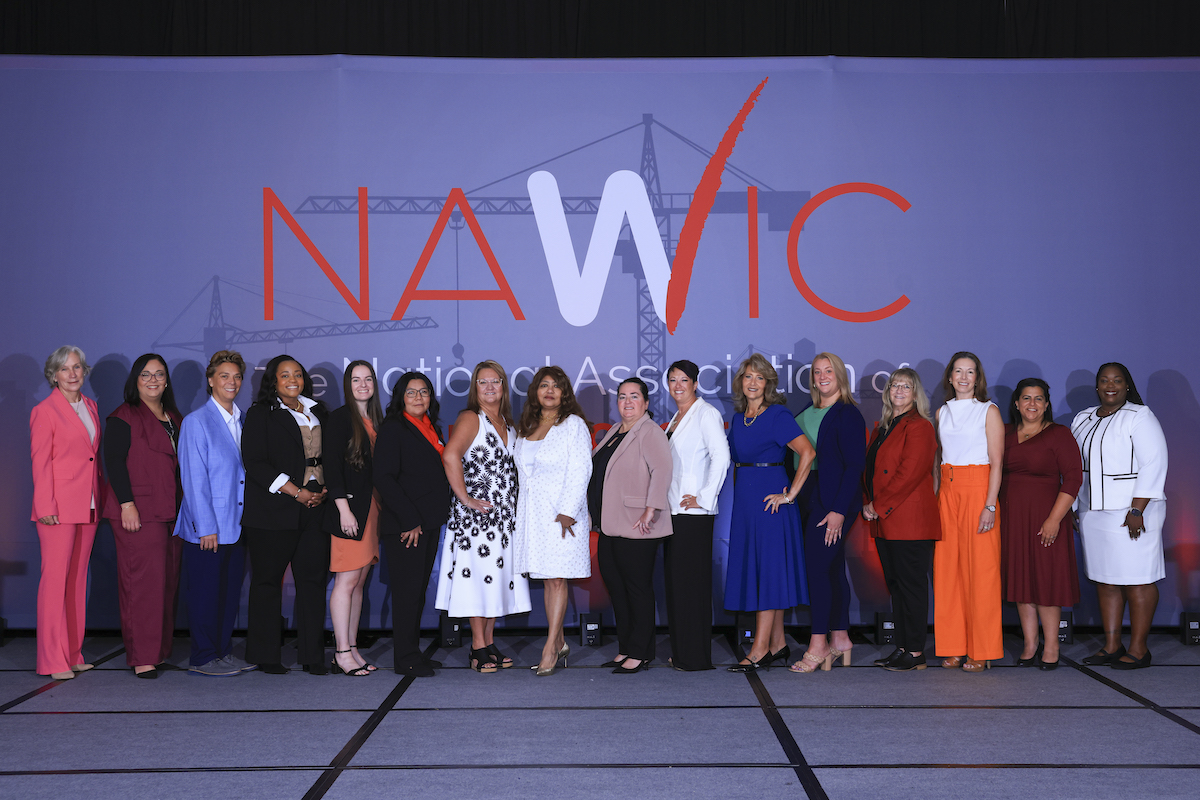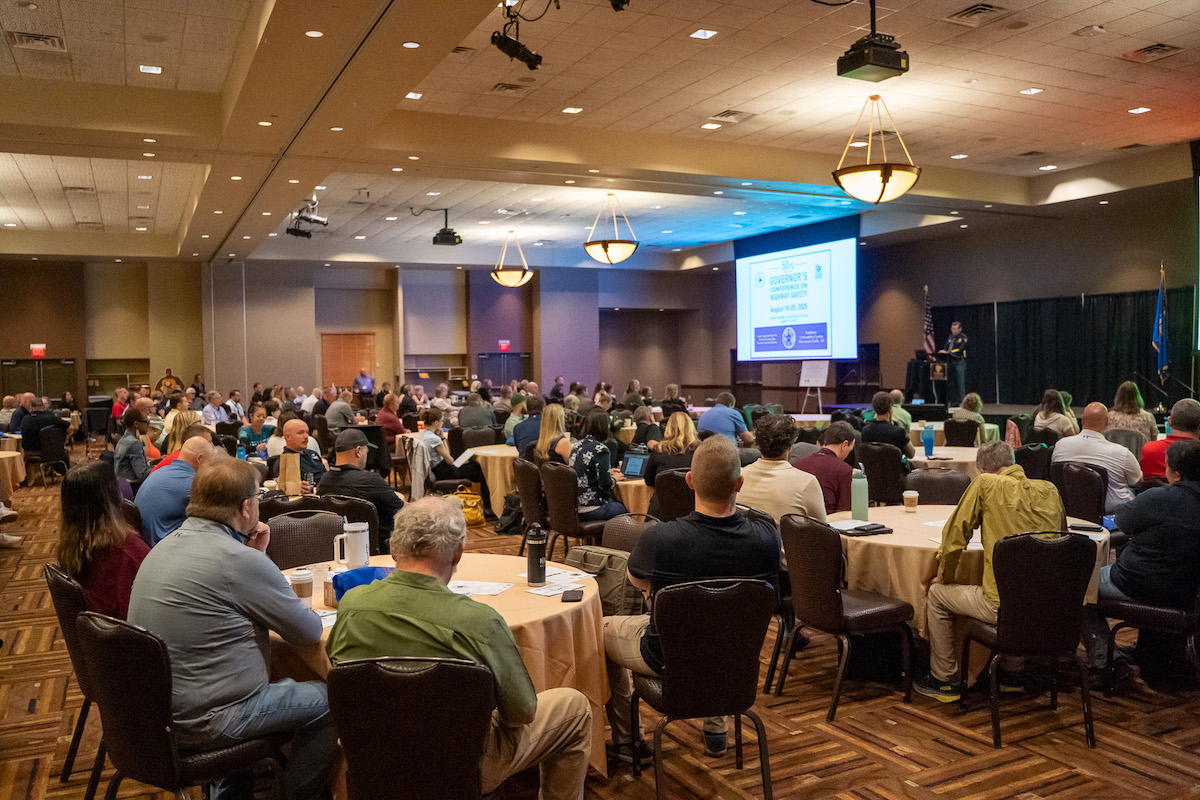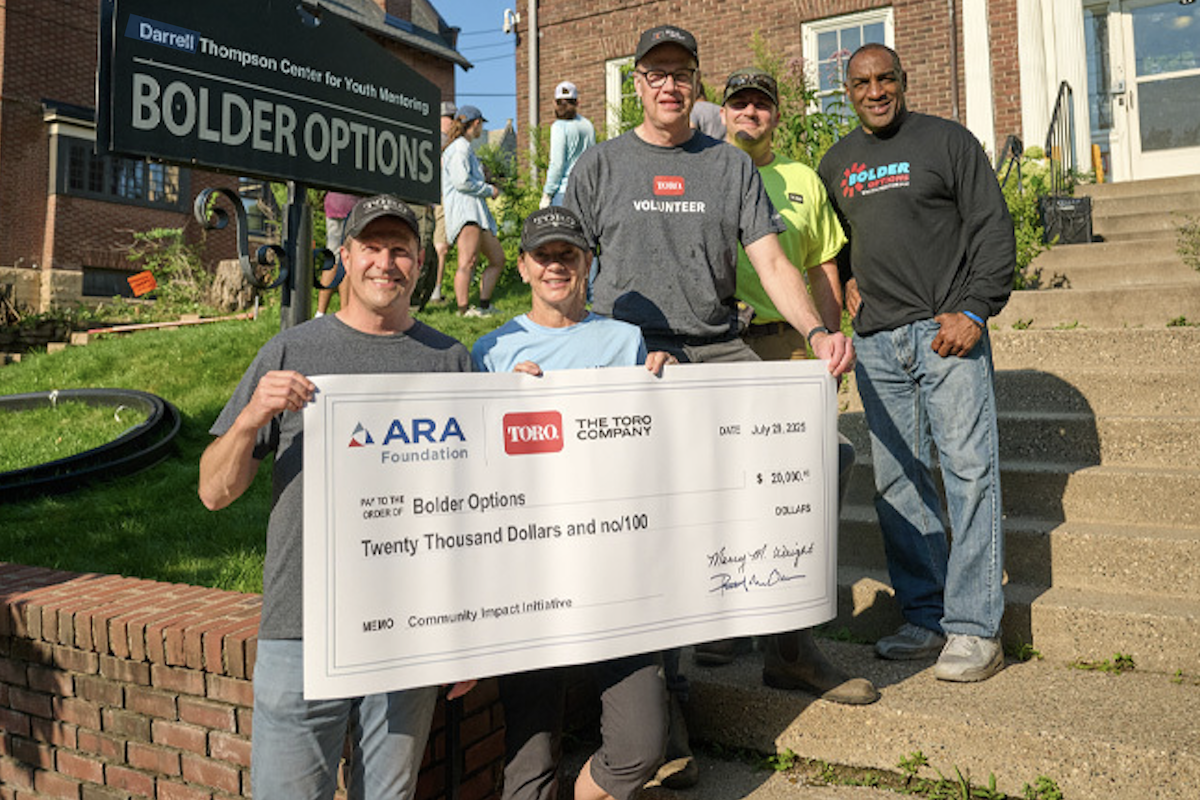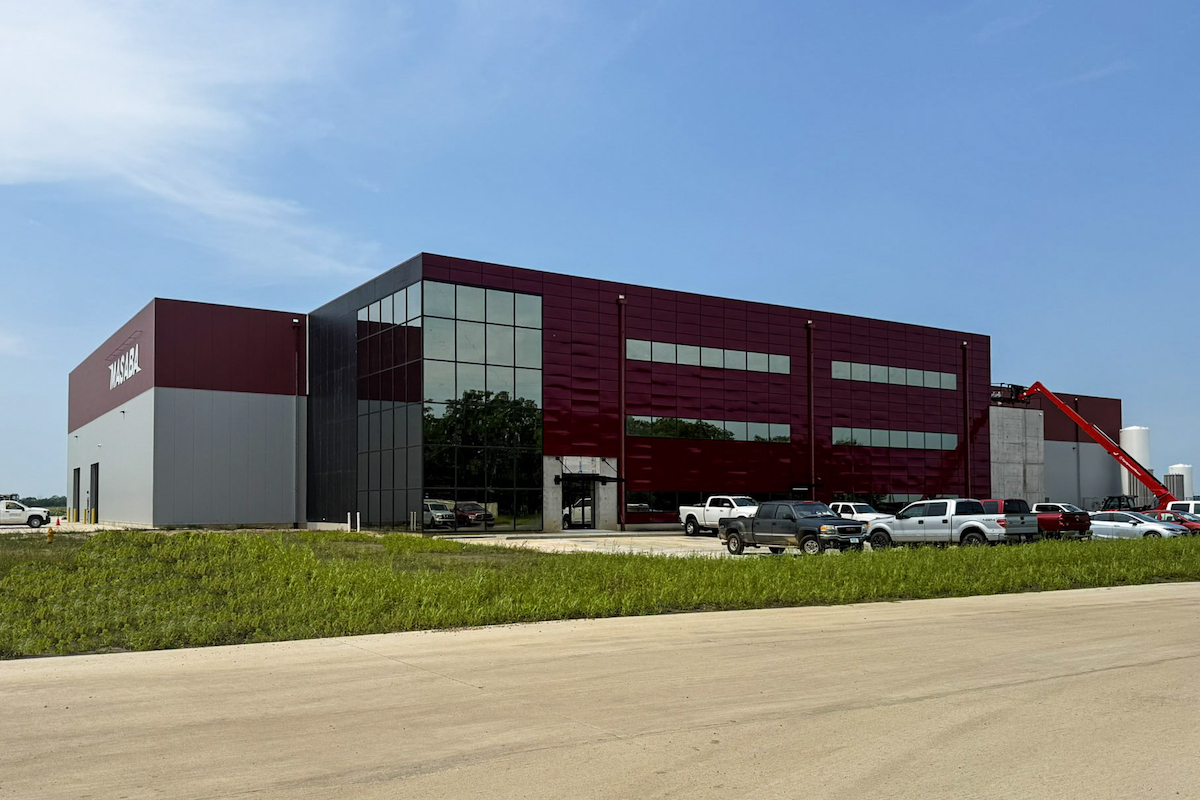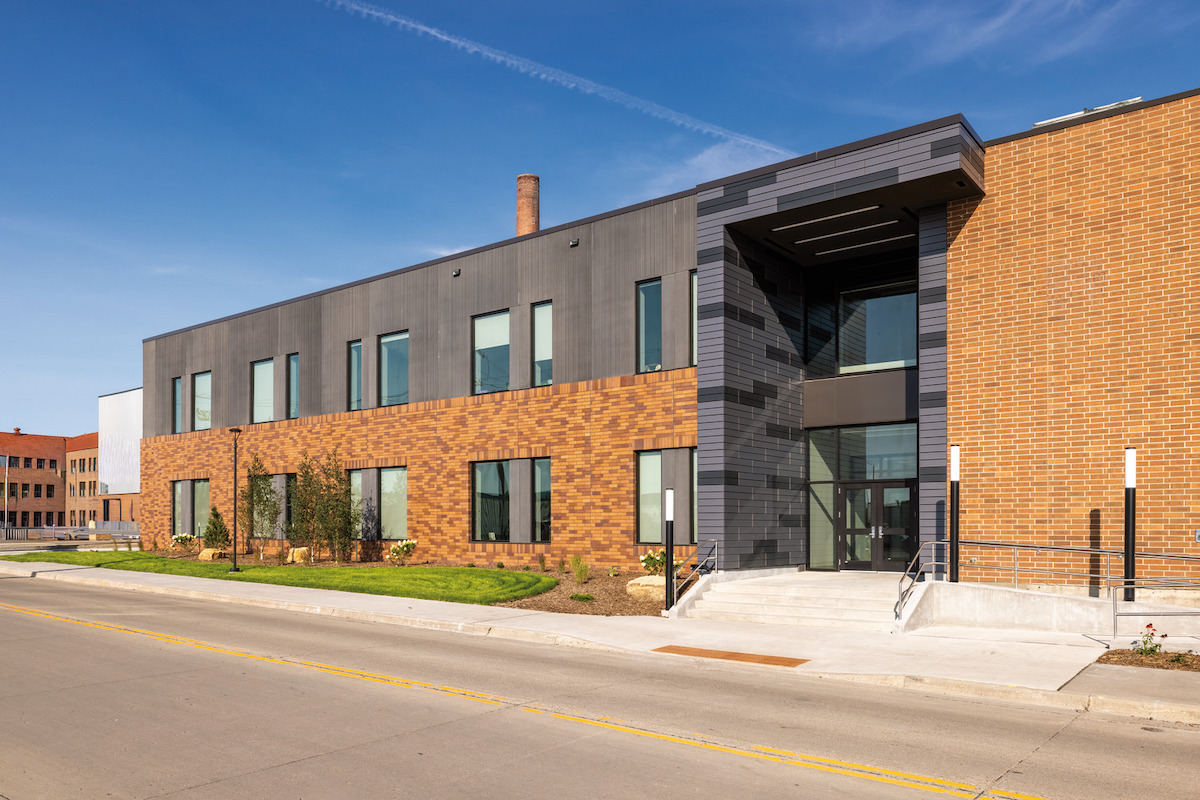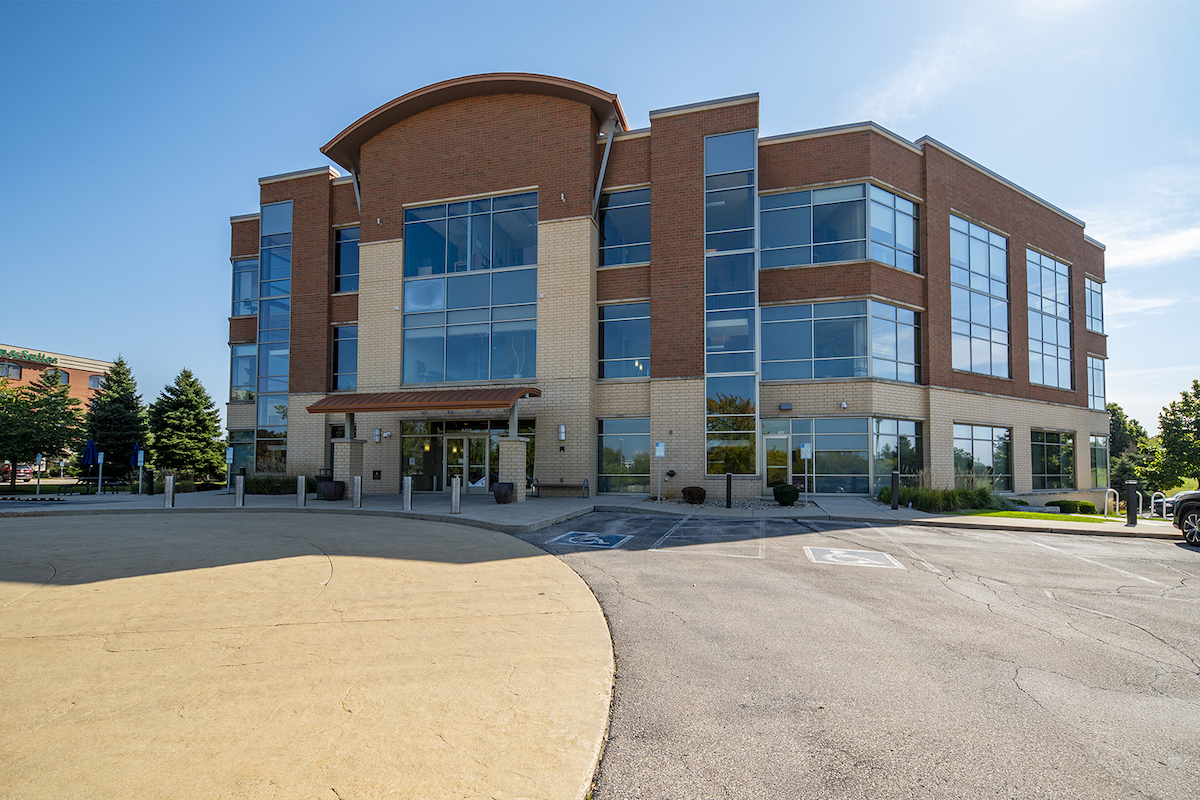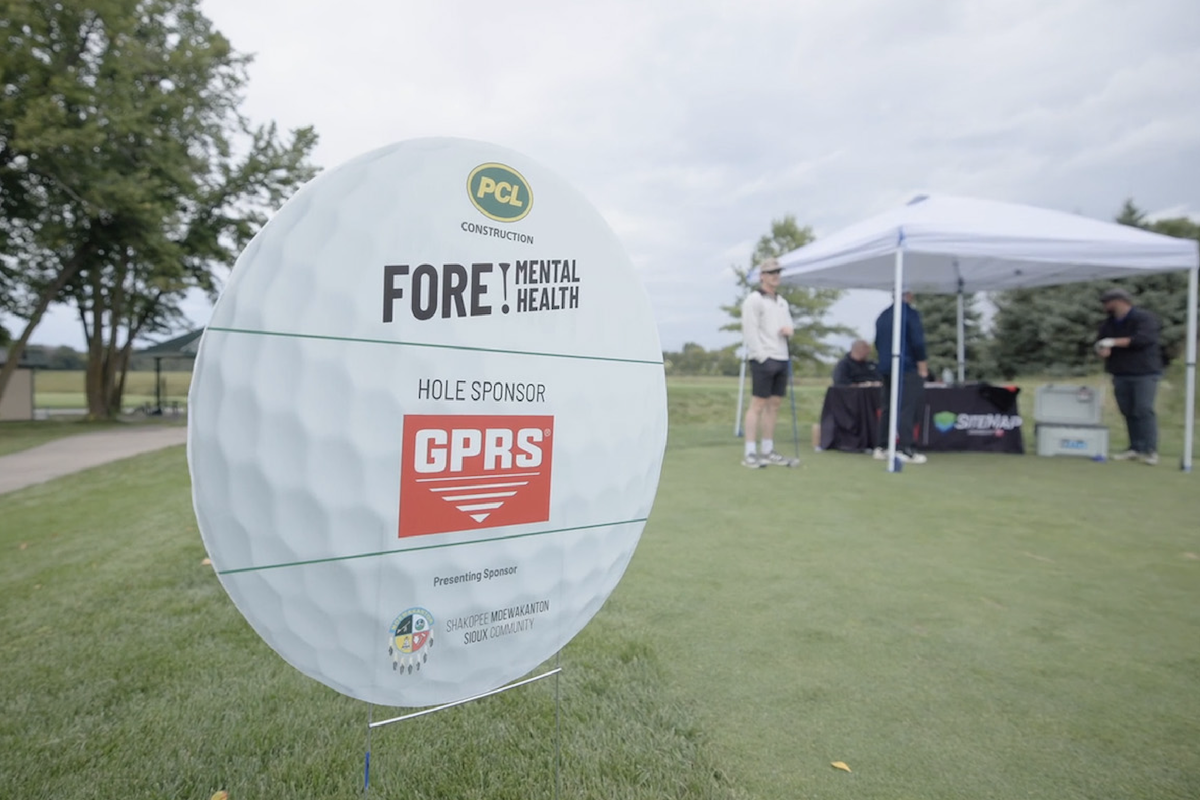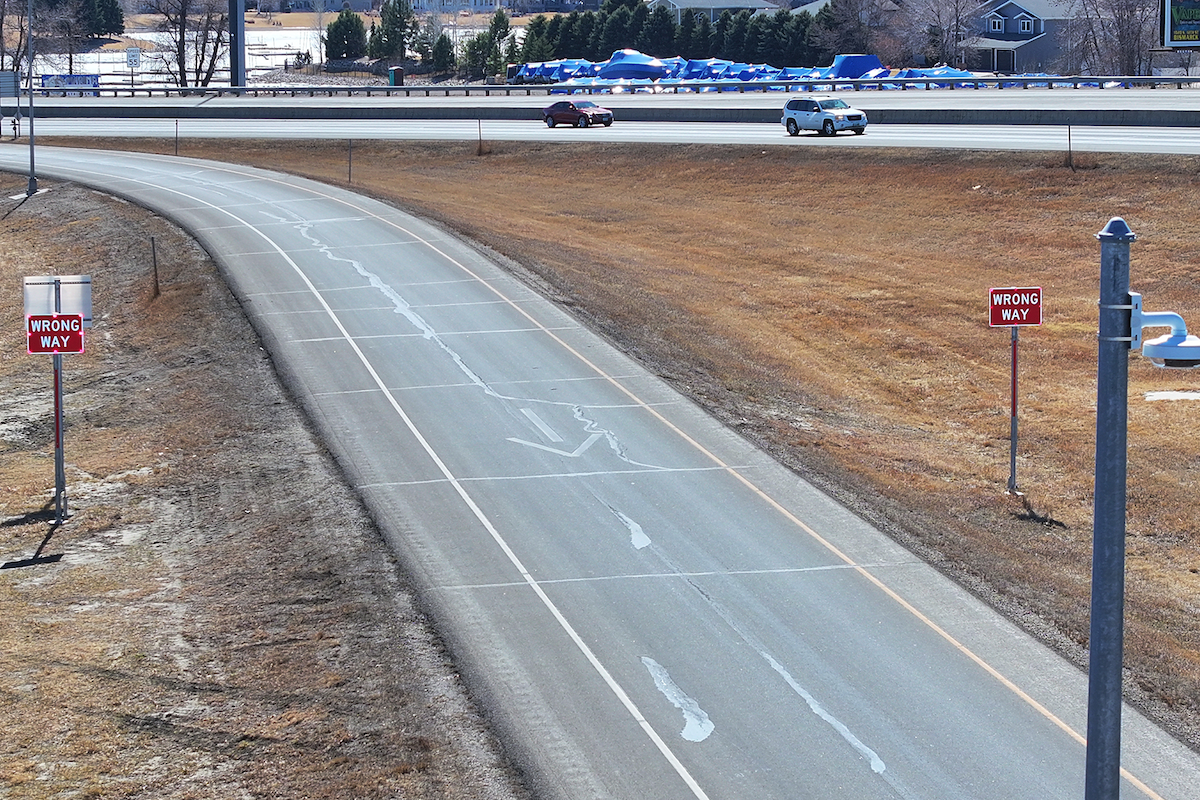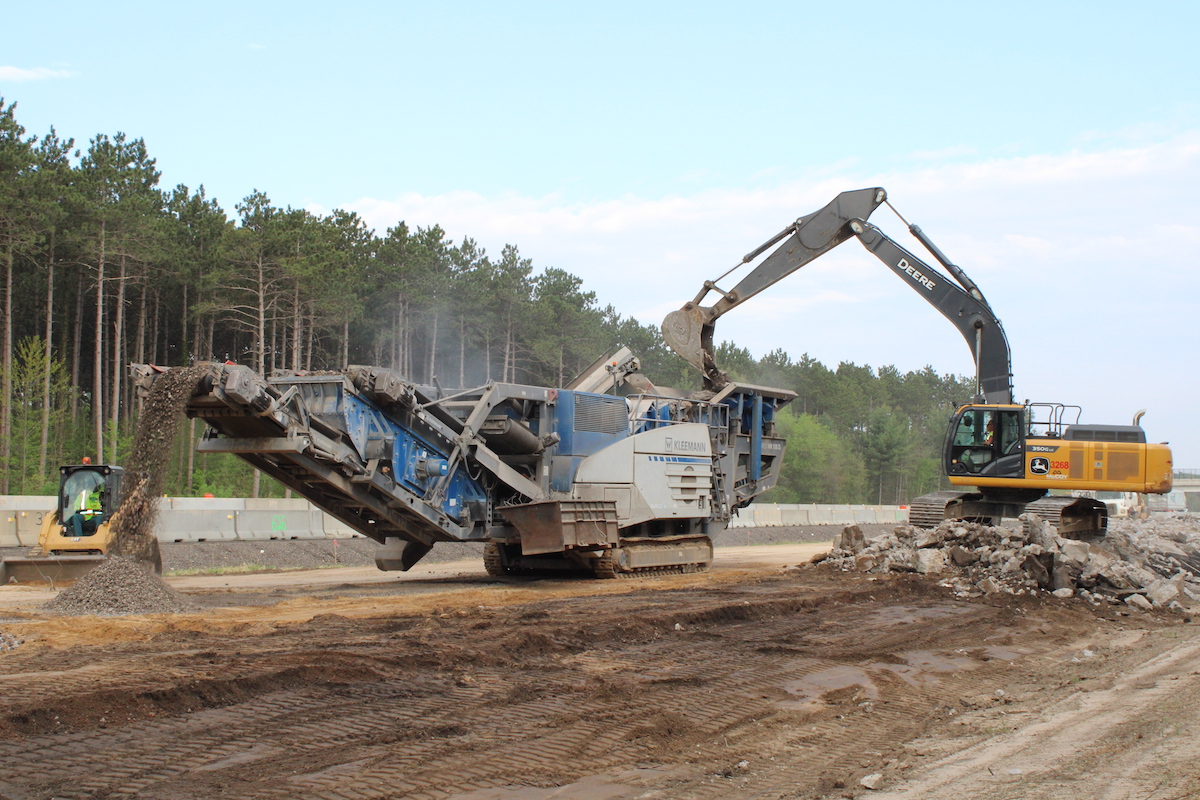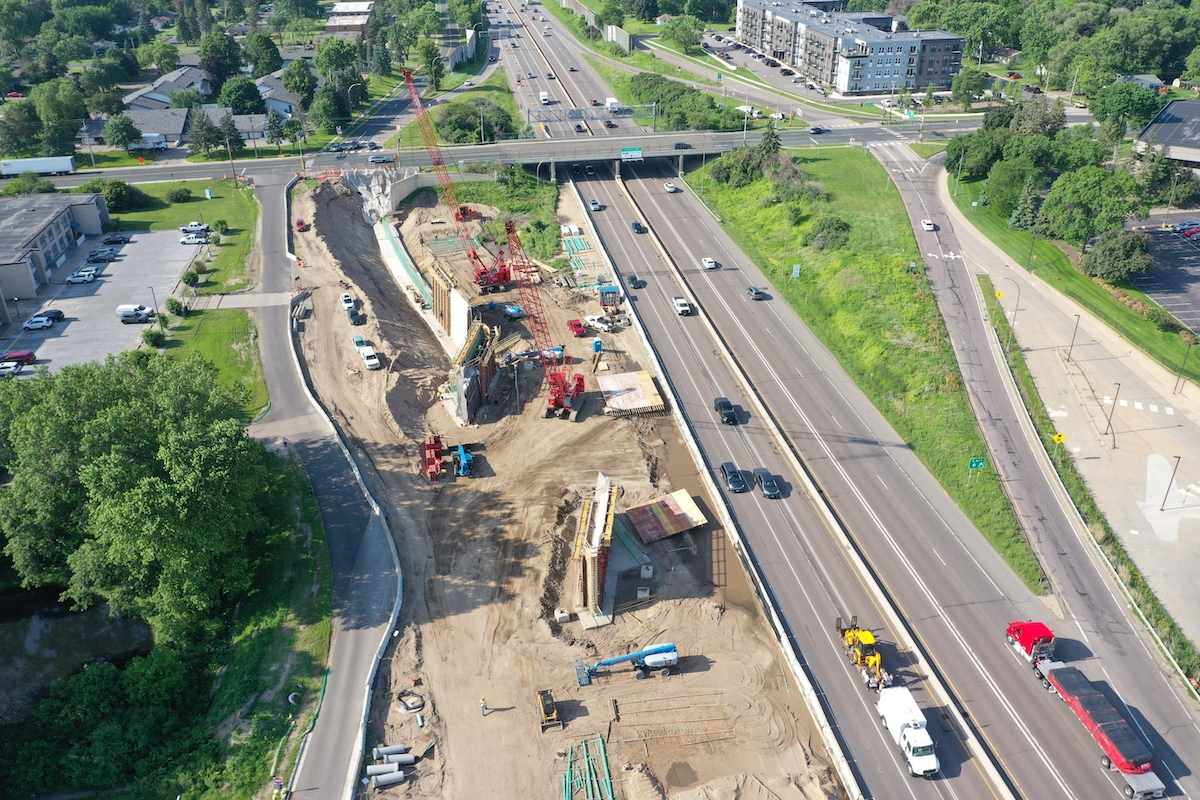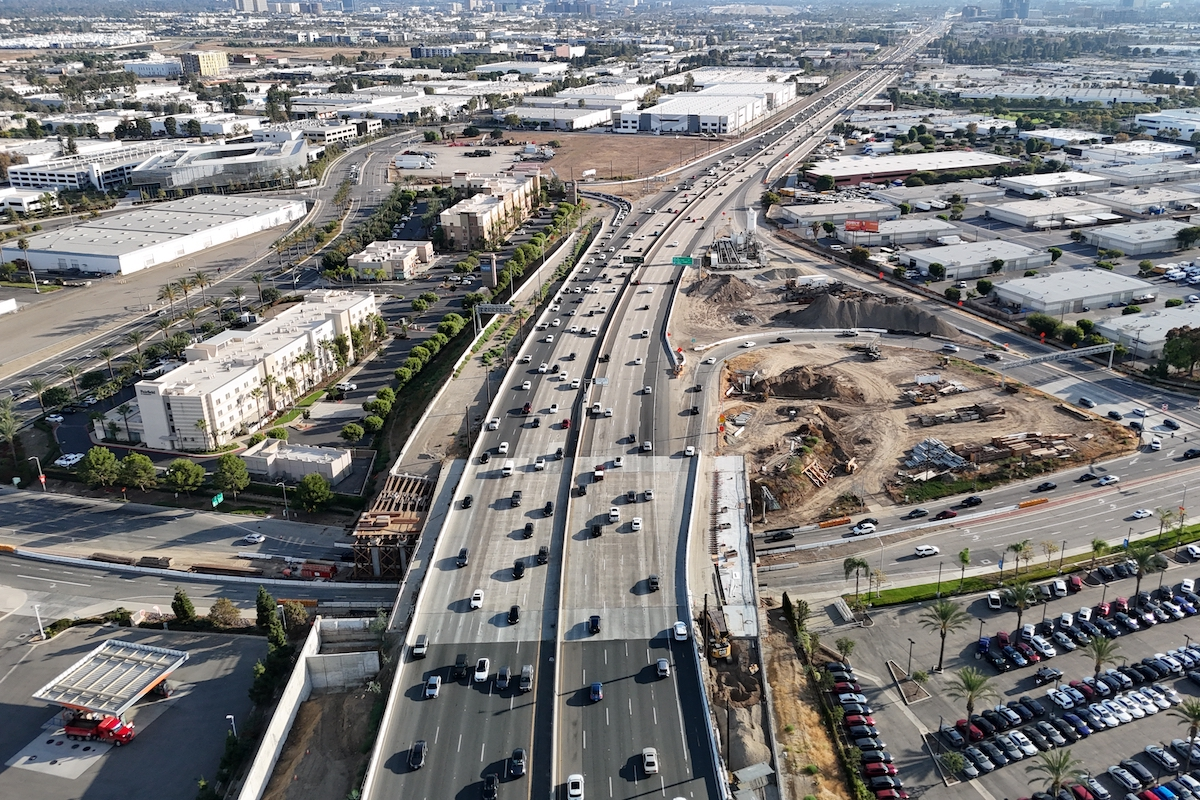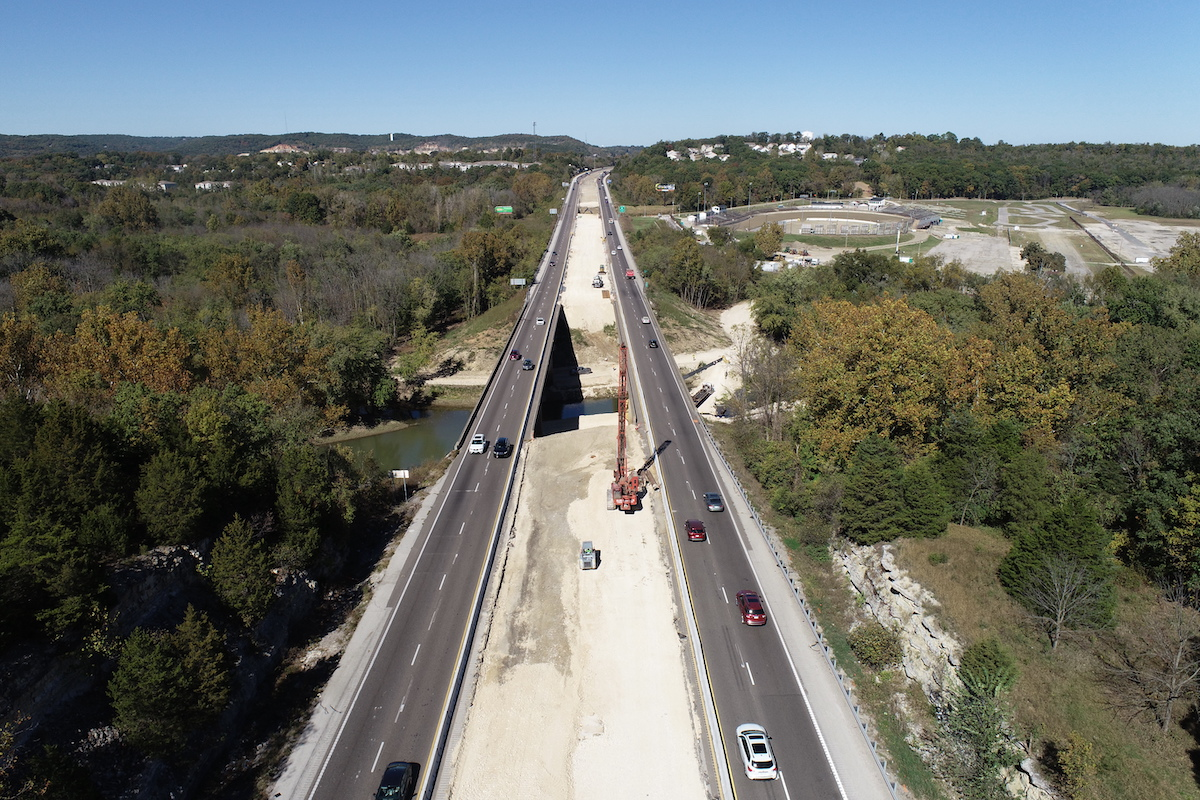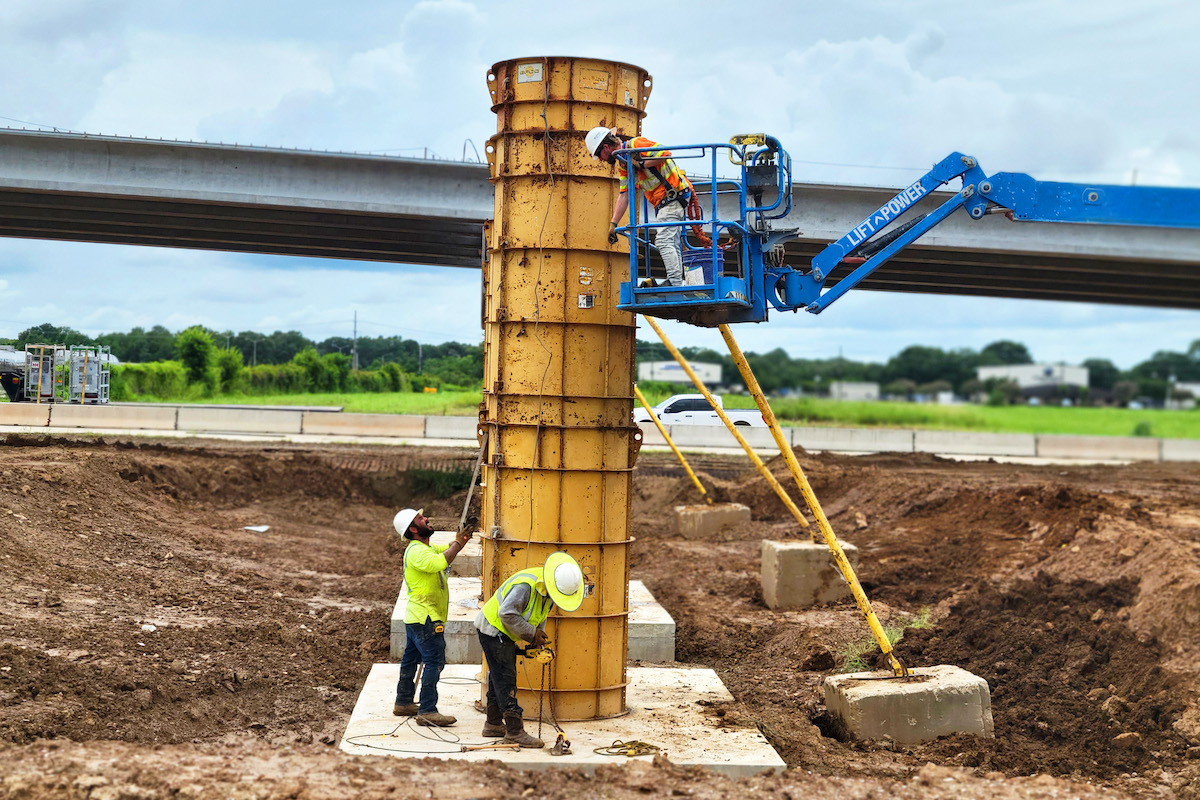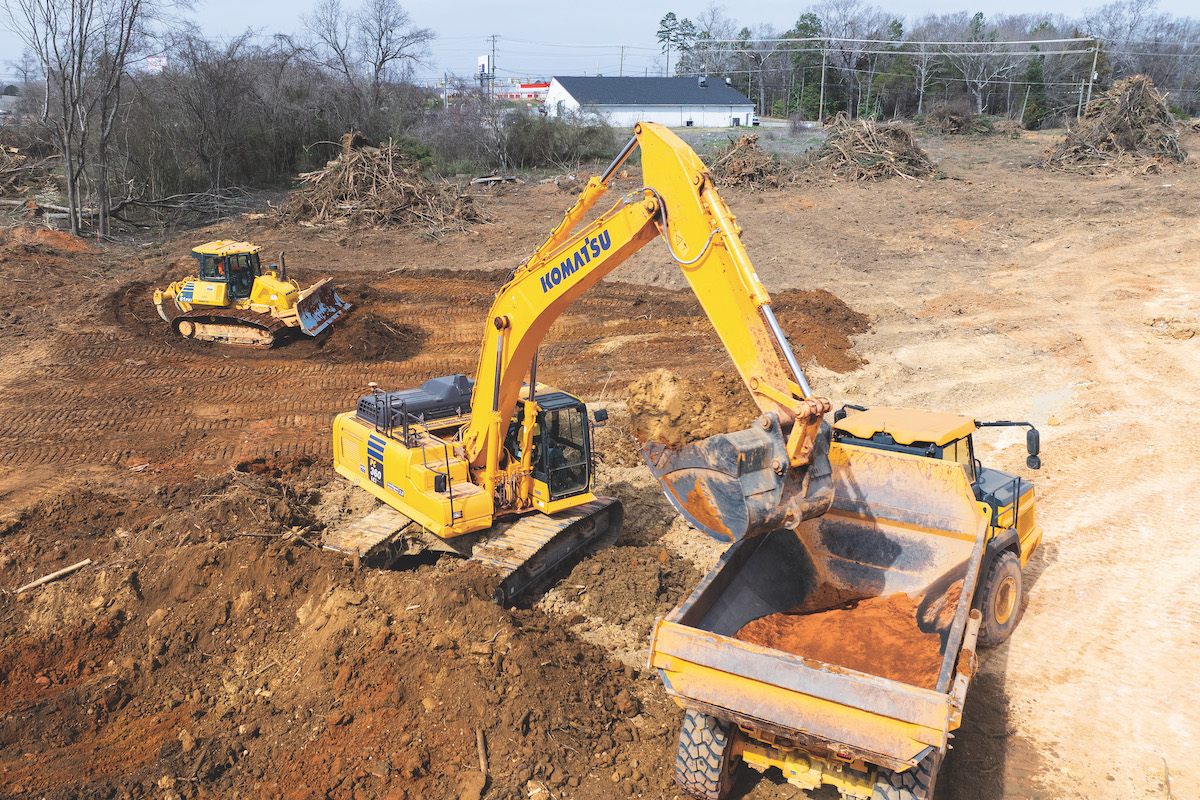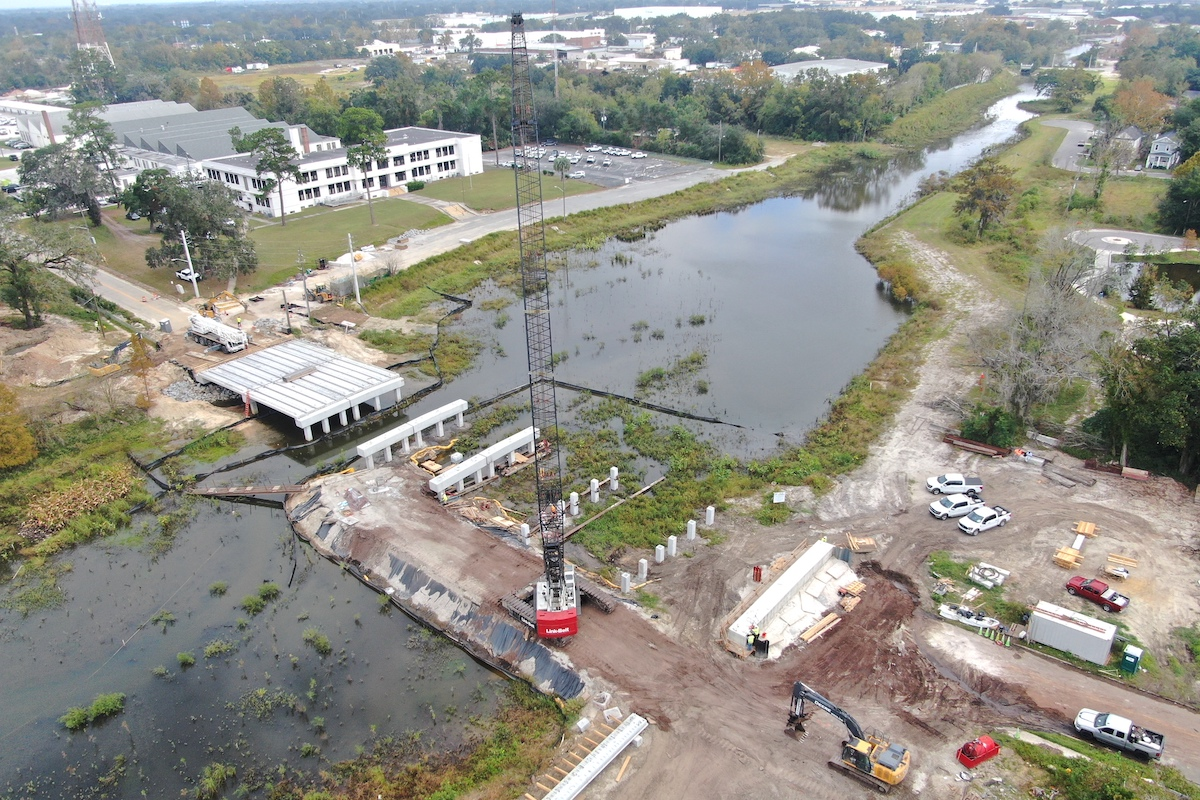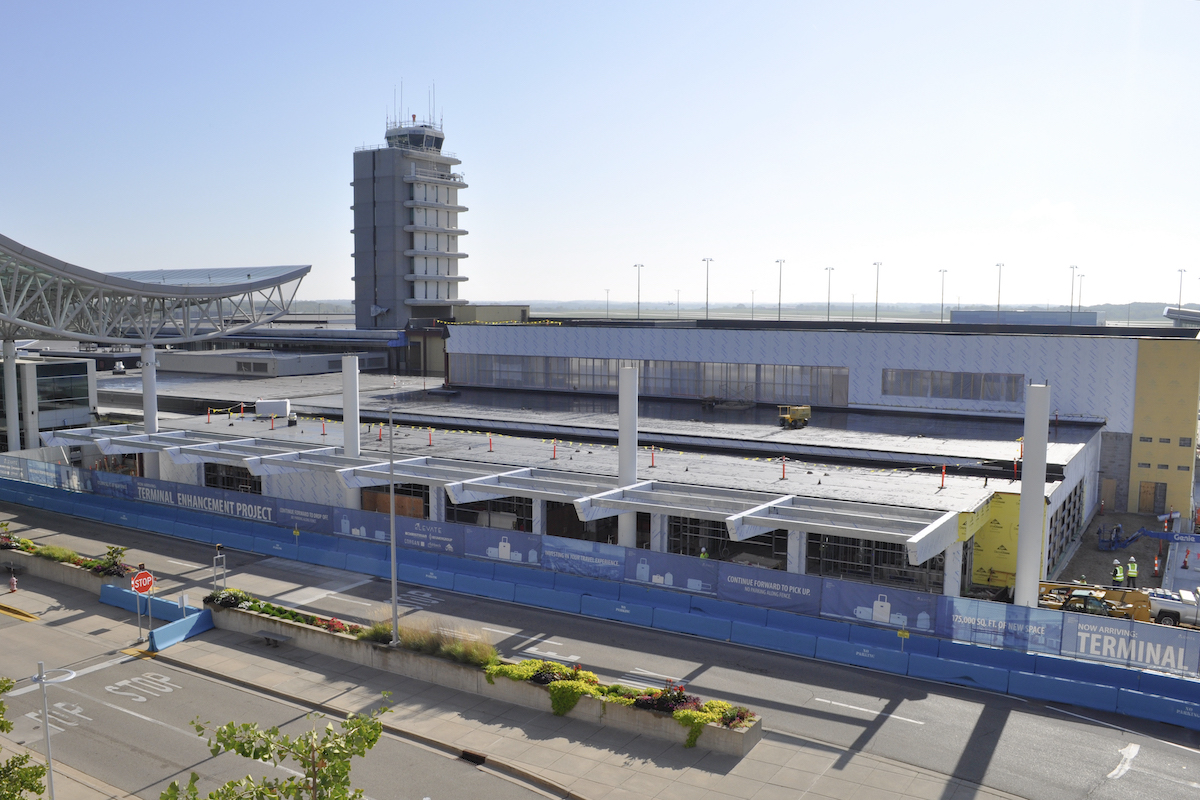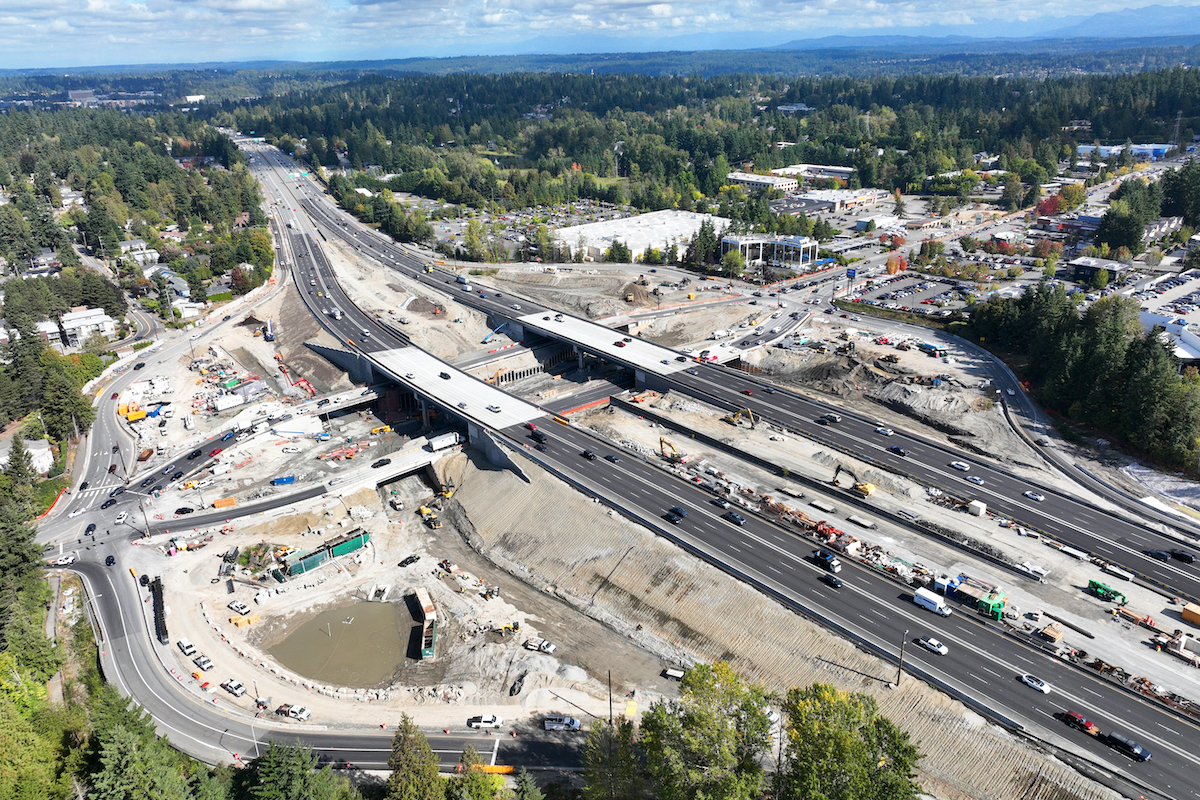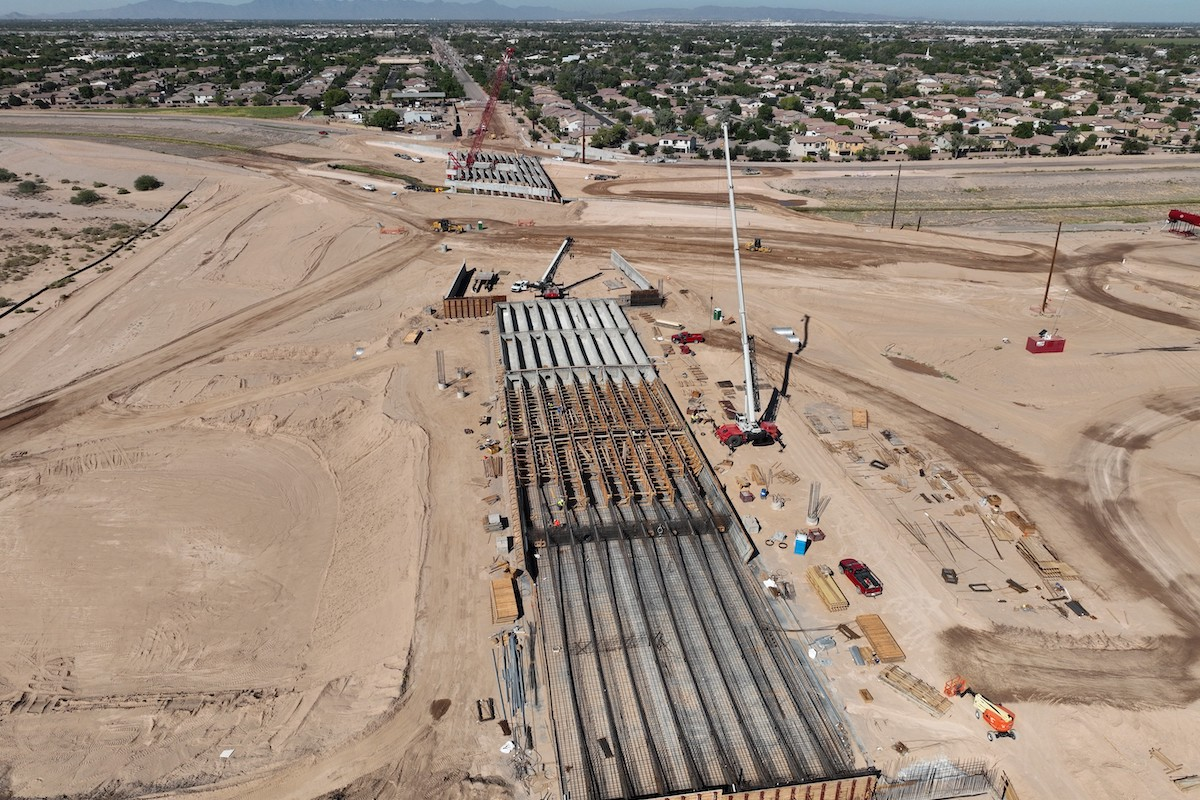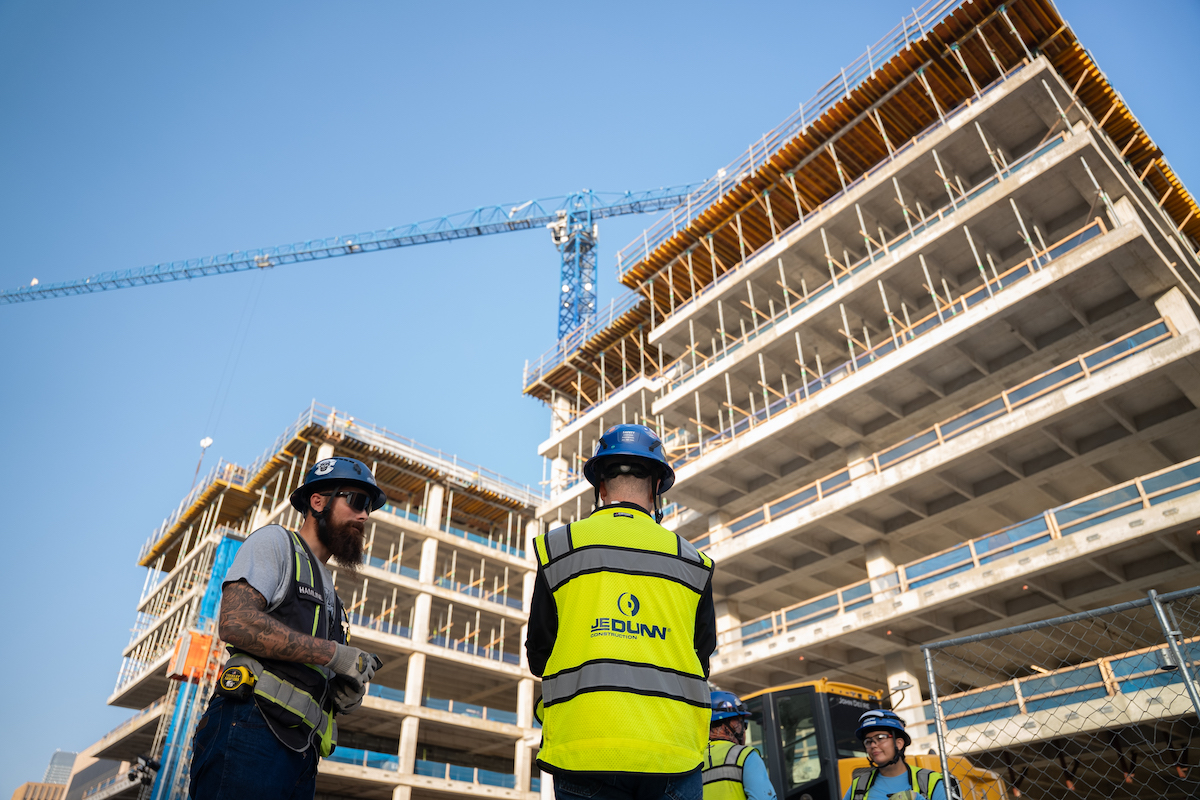Falls are the leading cause of injuries and fatalities on construction job sites. Tragically, the number of workplace fall deaths increases nearly every year. If you look at a graph of the figures, it resembles a well-performing stock. But this is no positive trend; these are families losing a loved one to a preventable death.
While no two days in construction are the same — and there are many logistical challenges in keeping workers protected from fall hazards — the responsibility to safeguard workers remains constant. Per the Occupational Safety and Health Administration (OSHA) 1926 construction standard, employers must provide fall protection to workers who are exposed to falls 6 feet or greater. However, solely meeting minimum compliance requirements does not automatically keep workers safe.
Implementing effective solutions, educating workers on best practices, and empowering them to take personal responsibility for their safety are all necessary components of a successful fall protection program. This article provides insights into how concrete contractors can accomplish this task through practical solutions and minor changes to normal operating procedures.
To protect crews from falls, be mindful of the hierarchy of fall protection controls:
- 1. Hazard elimination
- 2. Passive fall protection
- 3. Active travel restraint
- 4. Active fall arrest
- 5. Administrative controls and designated areas
Eliminating the hazard is the most effective way to prevent falls because it changes how or where the work is accomplished. Logically, the best way to prevent fall injuries would be to prevent the fall from occurring in the first place. In the concrete industry, precasting has been a game changer that exposes workers to fewer falls during the construction process — and reduced exposure to a hazard can result in fewer injuries.
However, if we cannot use one solution in the hierarchy, we move down to the next level: passive fall protection.

| Your local Volvo Construction Equipment dealer |
|---|
| Nuss Truck & Equipment |
Guardrail is the most common form of passive fall protection because it works without requiring user input. Its simplicity (working behind the guardrail) is what makes it so effective in protecting workers. But if current construction impedes the immediate installation of guardrail, industry experts recommend using a combination of warning line and a safety monitor system to protect workers until the guardrail can be installed.
The next most effective fall protection method is active travel restraint, which is when the connection device attached to the worker’s body harness restricts movement so they can’t reach their fall hazard. This is also referred to as “work positioning,” where a connection device maintains a worker’s position as they use both hands to perform their task.
It is common practice for workers climbing rebar columns to use a work-positioning device. This y-shaped lanyard connects to the side d-ring on the worker’s fall protection harness to maintain their position and attaches directly to the rebar. The system prevents the user from falling off the column while using both hands to tie the rebar.
While workers assembling rebar columns are technically exempt from using fall arrest equipment under 24 feet, an overhead fall arrest system is always recommended as a secondary level of protection. However, in order for a worker to use an overhead fall arrest system, there obviously must be an anchorage available. The safety team should be closely involved with project management to anticipate where workers will be during construction and how to best protect them.

| Your local Gomaco dealer |
|---|
| Swanston Equipment Co |
| Hayden-Murphy Equipment Co |
While many concrete anchors exist on the market, some must be tied around rebar and cast-in-place. If concrete is already formed in those areas, it would be too late to incorporate those anchors. Many temporary concrete anchors are available but must be approved by the employer’s designated Competent Person to verify compatibility with the anchor manufacturer’s concrete specifications.
Overhead anchorages are always preferred to foot-level anchorages. Falls that occur utilizing an overhead anchorage reduce injury severity because less freefall occurs and the worker will feel less fall force.
Foot-level anchorages require Class 2 self-retracting lifelines designed to accommodate the increased fall forces generated from the extended freefall. The fall arrest process cannot begin until the user passes beneath the level of their anchor and their fall protection equipment begins decelerating their fall and absorbing the fall forces. If crews are working underneath an anchorage, this process can happen almost instantly and will reduce the chance of major injury.
Additionally, improper fit or neglectful use of a fall protection harness can cause further injury to a worker during their fall or risk accidental ejection from the harness.

| Your local Komatsu America Corp dealer |
|---|
| Road Machinery and Supplies Company |
Pouring concrete can be an especially challenging time to provide workers with fall protection. In these instances, the exposed rebar below, instead of the overall height, often poses the greatest hazard. OSHA requires that exposed rebar be capped to eliminate the chance of impalement, but employers should still attempt to prevent falls from occurring.
During pours, an overhead structure is likely not yet constructed to allow fall protection anchors, and there may not be sufficient foot-level structure, either. In these instances, a mobile fall protection system can provide a temporary overhead anchorage.
These systems can be transported around job sites by a forklift or towed behind a standard pickup truck. Many manufacturers also offer rentals, since there may not be a frequent need for most contractors. While these systems typically only permit one or two workers to be attached simultaneously and may restrict the size of their work zone, small adjustments made to accommodate worker safety can have a big impact on injury prevention.
Fall protection faces a variety of constraints, including budget restrictions, tight deadlines, and lack of access. However, safety professionals must find ways to overcome these challenges, or a valued member of their crew could suffer the consequences.

| Your local Trimble Construction Division dealer |
|---|
| SITECH Northwest |
Not only could someone get hurt or killed, but businesses suffer when falls occur. Falls are costly in terms of worker’s compensation payouts, OSHA penalties, and litigation costs, and they significantly decrease productivity and morale. Falls can even lead to increased employee turnover or loss of future business due to a damaged reputation.
A reliable partner can assist with fall protection solutions for virtually any hazard that exists, training workers on proper use of their equipment and helping to maintain a comprehensive fall protection program tailored to the needs of any business or project.
Everyone on the job site can contribute to protecting themselves and others around them — either to everyone’s benefit or detriment. The more awareness we have on the importance of fall protection, the more tragedies we can prevent.
Philip Jacklin is Continuing Education Program Manager for Diversified Fall Protection. He is an AIA continuing education provider, QSSP certified, OSHA-30 trained, and has been a partner to the fall protection industry since 2018.

